How Dry Needling Works
Though you may have heard of dry needling, you may not know much about it or what it is used for. Dry needling is fast becoming one of the most popular physical therapy treatments for pain. Keep reading to learn how dry needling works and what the benefits of dry needling are.
If you already know you want to give Dry Needling a try, book below.
Book A Dry Needling Appointment
Trigger Points and Dry Needling
Chronic pain that arises from dysfunction in the superficial muscles is referred to as myofascial pain. The key component of myofascial pain is the presence of trigger points, which are defined as “hyperirritable spots in taut bands of the muscle.”
Typically trigger point pain is reproduced with:
Compression
Stretch
Overload
Contraction of the affected muscle
The two primary symptoms of trigger points are pain and movement issues.
Pain can be referred, meaning it can be away from the actual trigger point itself. It is believed that trigger points cause increased sensitivity of pain receptors in our limbs and spinal cord which heighten our perception of pain and also changes the way we move.
To minimize pain and maximize our physical function, we can turn to dry needling.
What Does Dry Needling Do?
Dry Needling refers to the use of a thin needle inserted directly into the trigger point of a muscle for the purpose of reducing pain, decreasing pain sensitivity and improving movement patterns.
Basically, dry needling:
Changes our nervous system’s perception of pain
Relieves pain
Restores normal muscle function and movement
"You can think of dry needling as deep tissue massage on steroids."
For more background information, here's another article about dry needing from the American Physical Therapy Association.
How We Use Dry Needling In Physical Therapy
If you don’t like needles, no need to worry.
The needles used are so small that most people don’t even feel the needle insertion through the skin. The goal of dry needling is to elicit a phenomenon called a local twitch response which is a sudden, brief contraction of the muscle.
There is a debate amongst dry needling practitioners about the importance of a twitch response, but most agree that these responses are part of answer to the question of how dry needling works.
Like most manual treatments, dry needling is effective in providing short term relief from pain, but should not be the only treatment a patient gets.
Dry needling is a great tool we use to decrease pain and get people moving. Once pain is reduced, we also design custom programs that include mobility work, strength training and more. These programs are really where the magic happens.
Should You Try Dry Needling?
If you are someone who suffers from chronic muscle pain, you’re unable to perform at your highest level due to pain, or your mobility is limited due to tissue tightness then you may be a candidate for dry needling. Dry needling can also be the right fit if you need help recovering after a tough run or training session.
Dry needling is great for:
Chronic muscle pain
Muscle tightness
Range of motion limitations
Recovery after training sessions, runs, etc.
Schedule an appointment with us to receive a full body assessment and to develop the right treatment plan for you.
Dry Needling In Lakeville, MA
If you’re interested in booking a dry needling session, check out this page for more info.
We specialize in getting active people back to the things they love without pain or limitation. We’ve helped tons of people in the Lakeville area feel their best and we would love to help you too!
